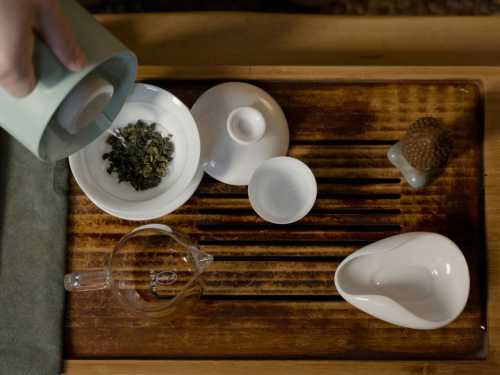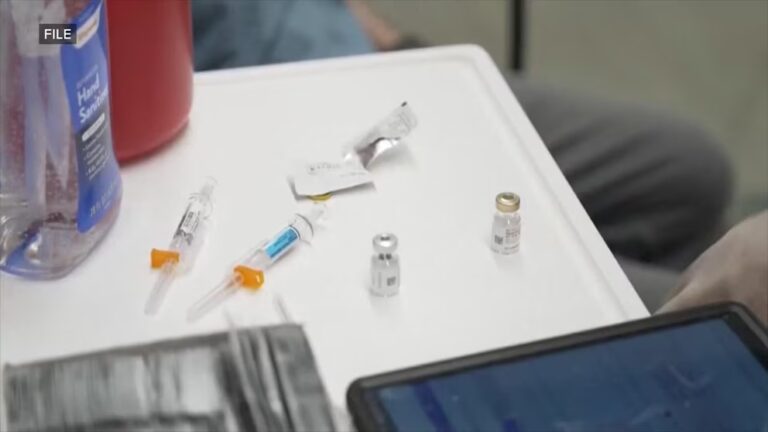
Scientists in Taiwan have found that an extract of oolong tea, a traditional Chinese tea, can suppress inflammation in immune cells (macrophages) at the cellular level. The leaf extract reduced the activity of the NLRP3 inflammasome, a protein complex linked to chronic diseases ranging from diabetes to neurodegenerative disorders. The study results are published in Nutrients.
Think of inflammation and oxidative stress as “rust” that slowly corrodes metal, only in our bodies it damages cells and makes us age. Scientists have discovered that oolong tea seems to put the brakes on this process by turning off a special “signaling complex” (the same NLRP3 inflammasome) that triggers “alarm” in the body and can lead to chronic diseases.
In laboratory experiments, oolong extract reduced the production of inflammatory molecules, including interleukin-1β and tumor necrosis factor. It also reduced levels of reactive oxygen species, substances that damage cells and accelerate aging.
These inflammatory molecules are like “alarm signals” that cause the immune system to work overtime and create constant inflammation. And reactive oxygen species can be compared to small “sparks” that fly around randomly inside cells, damaging their structure. It’s similar to how a cut apple darkens in the air — the same process of “oxidation,” only at the cellular level. Oolong extract helps to “extinguish” these sparks and turn off unnecessary anxiety.
These effects are explained by the high content of polyphenols and catechins in tea, which have antioxidant properties.
That is, polyphenols and catechins are natural “guardians” of our cells. They neutralize the same harmful “sparks” (active oxygen species) that were mentioned above, preventing them from destroying cells from the inside. That is why they are called antioxidants — fighters against oxidation.
The authors emphasize that this is a preclinical study on cell models, so it is too early to talk about the therapeutic effect of the drink itself. But the results indicate that regular consumption of oolong (or products based on it) may have an additional protective effect on the body – and deserves further study in clinical trials.
This means that the research was conducted “in a test tube,” on individual cells, not on living people. It’s like engineers testing an engine on a bench before putting it in a car. The experiment shows that the “engine” (the mechanism of action of oolong) works great, but now it’s time to see how it will perform in a “car”—that is, in a real human body.






